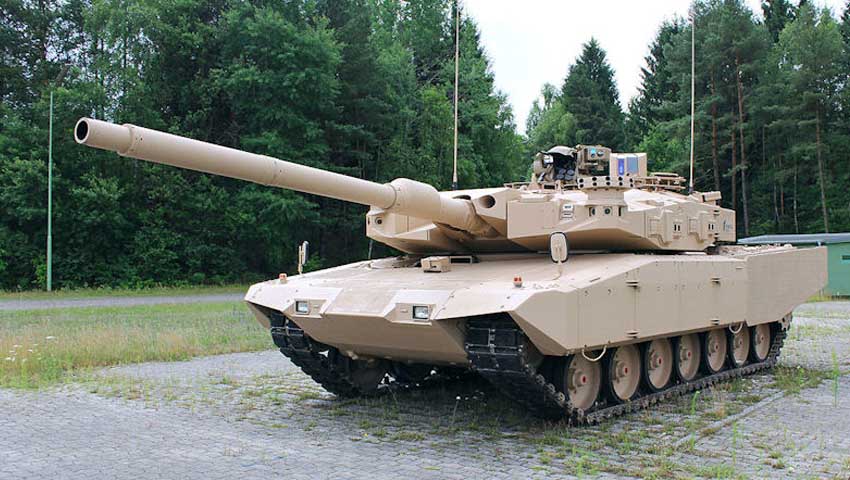A European industry conglomerate, including Rheinmetall, Nexter and KMW, has kickstarted the development of the initial architecture for the Main Ground Combat System (MGCS) expected to replace the Leopard 2 and Leclerc main battle tanks.
To continue reading the rest of this article, please log in.
Create free account to get unlimited news articles and more!
The entire program, expected to be implemented under German political leadership, is tasked with developing a main combat system to succeed the Bundeswehr’s Leopard 2 and the French Army’s Leclerc beginning in 2035.
Making the start of the MGCS procurement program Krauss-Maffei Wegmann (KMW), Nexter Systems and Rheinmetall AG established an ARGE in December 2019. Now, the partners and the German Federal Office of Bundeswehr Equipment, Information Technology and In-Service Support (BAAINBw), acting in the name of Germany and France, have signed a contract for the “System Architecture Definition Study - Part 1” (SADS Part 1). This contract sounds the industrial starting gun for an MGCS Demonstration Phase.
At the Franco-German Ministerial Council meeting in Toulouse on 16 October 2019, the defence ministers of both nations, Florence Parly and Annegret Kramp-Karrenbauer, emphasised their commitment to developing the MGCS.
The ARGE is a German acronym standing for Arbeitsgemeinschaft, or “working group”. Under German law, the ARGE serves as the contractual partner of the procurement authority (BAAINBw) during the first phase of the program. Officials of the three companies represent the ARGE vis-à-vis third parties.
Both parties outlined the 50/50 nature of partnering agreement between France and Germany in April 2020 with German Defence Minister Annegret Kramp-Karrenbauer and her French counterpart Florence Parly following the signing of a framework agreement.
“Both countries should benefit equally from the cooperation, which is why the contracts to be concluded are based on a 50 per cent financing between Germany and France. In addition, both nations are to receive sufficient intellectual property rights for the intended future use of the work results,” the German Defence Ministry stated.
“The ministers have therefore also signed an Implementing Arrangement 1, which forms the basis for commissioning a system architecture definition study. Only recently, the Budget Committee of the German Bundestag cleared the way for commissioning this two-year study. Again, Germany and France share the costs. The system architecture is a prerequisite for the development of a technology demonstrator with which the German and French requirements for the MGCS can be verified,” added the German Defence Ministry in April 2020.
The aim of the study is to harmonize the final MGCS concepts of the previous phase, to analyse further details, and to propose a common multiplatform architecture.
The three contractual partners will assess various aspects of different concepts: technical feasibility in the projected time frame allotted for the program; ability to fulfil the operational needs of both armies; efficiency and compatibility with national “systems of systems” (SCORPION for France and Digitization of Land-Based Operations (D-LBO) for Germany). Workshares in the SADS Part 1 are to be distributed equally between France and Germany on a 50/50 basis. The first phase of architecture work is expected to last 18 months.
Stephen Kuper
Steve has an extensive career across government, defence industry and advocacy, having previously worked for cabinet ministers at both Federal and State levels.

 Login
Login








